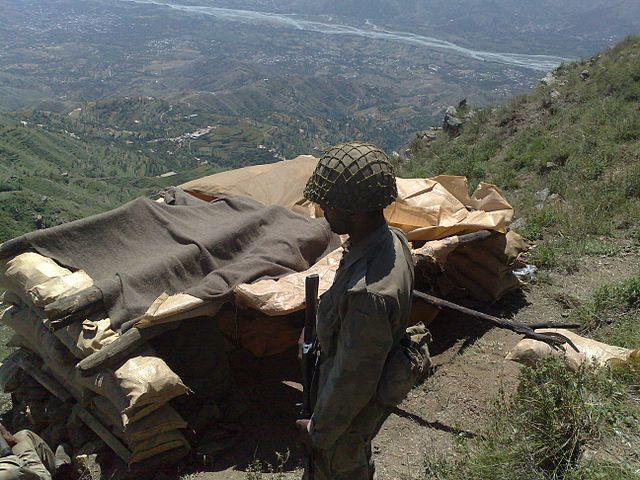
Photo Credit: Al Jazeera English via Wikimedia Commons
Just days after Tehreek-i-Taliban (TTP) militants attacked the Karachi airport, the U.S. ended its hiatus on drone strikes in Pakistan. Approximately 16 died in the strikes, according to Pakistan’s English-language newspaper Dawn. Both strikes targeted locations in North Warziristan.
For the past several months, Pakistan has been drone-strike free, leaving the U.S. to focus most of its targeted killing efforts in Yemen. (There have been 13 reported strikes in Yemen in 2014, according to the Long War Journal.) Reportedly, Pakistani government officials requested drone strikes cease during the first round of peace talks with the TTP, which began in early February. Strikes, they argued, could pose a direct threat to the integrity of the talks.
“That’s what they asked for, and we didn’t tell them no,” one senior official told the Washington Post. Meanwhile, others have explicitly denied that the hiatus was connected to the government’s request.
Regardless of who requested what, if the talks weren’t dead before, they’re far gone now.
For one, the Karachi airport strike solidifies any concerns U.S. officials had with the Pakistani government’s ability to ensure their security and effectively deal with the Taliban. Pakistan’s been dragging its feet on a counteroffensive against the TTP, even as the latter picks up steam. Indeed, as one TTP commander said, the Taliban has shifted its tactics to “hit their main economic centers” and deliver a blow to the “nerve-centers in major cities.” And as the Karachi attack demonstrates, it’s roping in some of its allies for this war, such as the Islamic Movement of Uzbekistan.
There also undoubtedly will be blowback if the government initiates a full-scale counterattack on the TTP in North Warziristan. Provided that the TTP was, in fact, able to carry out such a large-scale attack on one of Pakistan’s largest airports, it’s unnerving to think of what that could be.
Furthermore, if the U.S. does offer its assistance in a full-scale military operation against the TTP and/or continues strikes against militants in the tribal areas, it’s now has a freer hand. Peace talks between Pakistan and the TTP are dead, and Pakistani military officials are hinting at a counteroffensive. Additionally, while officials have “condemned” the two most recent U.S. drone strikes, they continue to receive quiet support. Finally, U.S. officials have suggested that the freeing of Sgt. Bowe Bergdahl will permit the U.S. to take a tougher stance on the Haqqani network, as it no longer has to take the safety of Bergdahl into consideration.
Time can only tell what will come of drone operations in Pakistan, but one thing is for sure: The U.S. is far from finished.